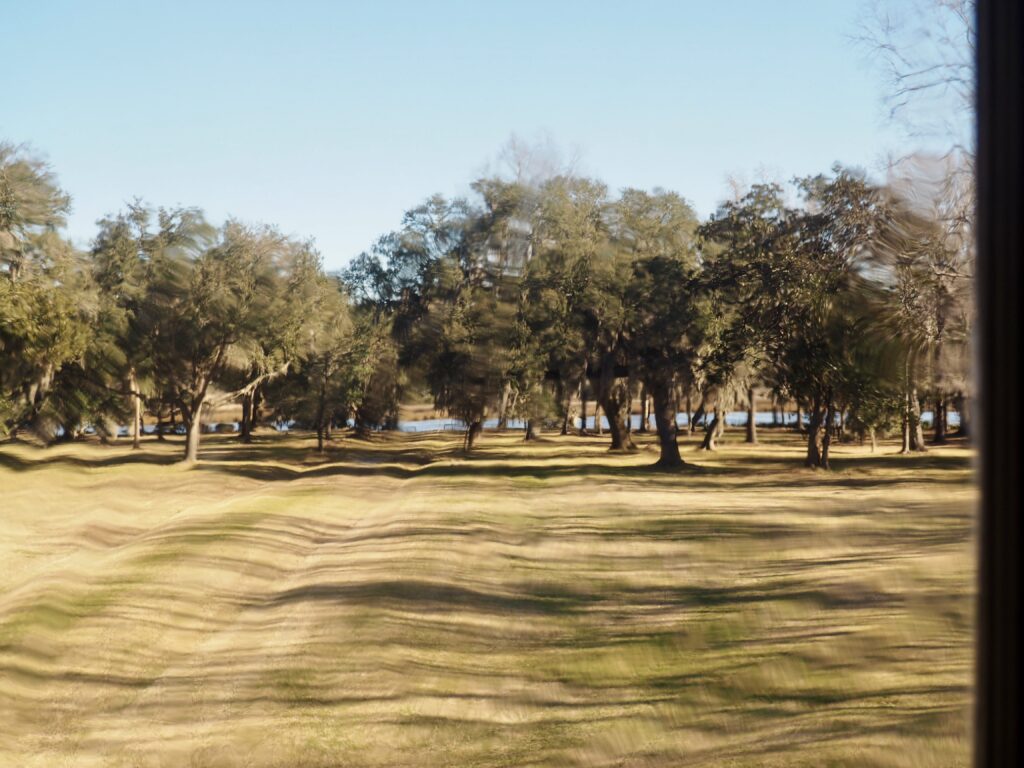
About 15 miles from downtown Charleston, South Carolina, are two substantial properties that survived revolution, civil war, and the perils of human development. Both boast Charleston addresses (a search for the city on your favorite map app will unveil a strange looking creature indeed). Both tell a story of preservation of times well past.
Drayton Hall (1752)

Built by John Drayton on land acquired in 1738, Drayton Hall was the main house on a plantation growing rice and indigo using enslaved labor. As in every house museum we visited in both Charleston and Savannah, great pains were taken to tell the story of the people enslaved there and to speak the names of those people whose names survive in a written record. Indigo was a significant crop up until the Revolution when the market for it (as a dye) dried up as the British withdrew their patronage in a snit. The house apparently survived the wholesale burning and destruction of plantation houses by Union troops because the house was being used as a hospital and quarantine flags were set out by the Draytons.
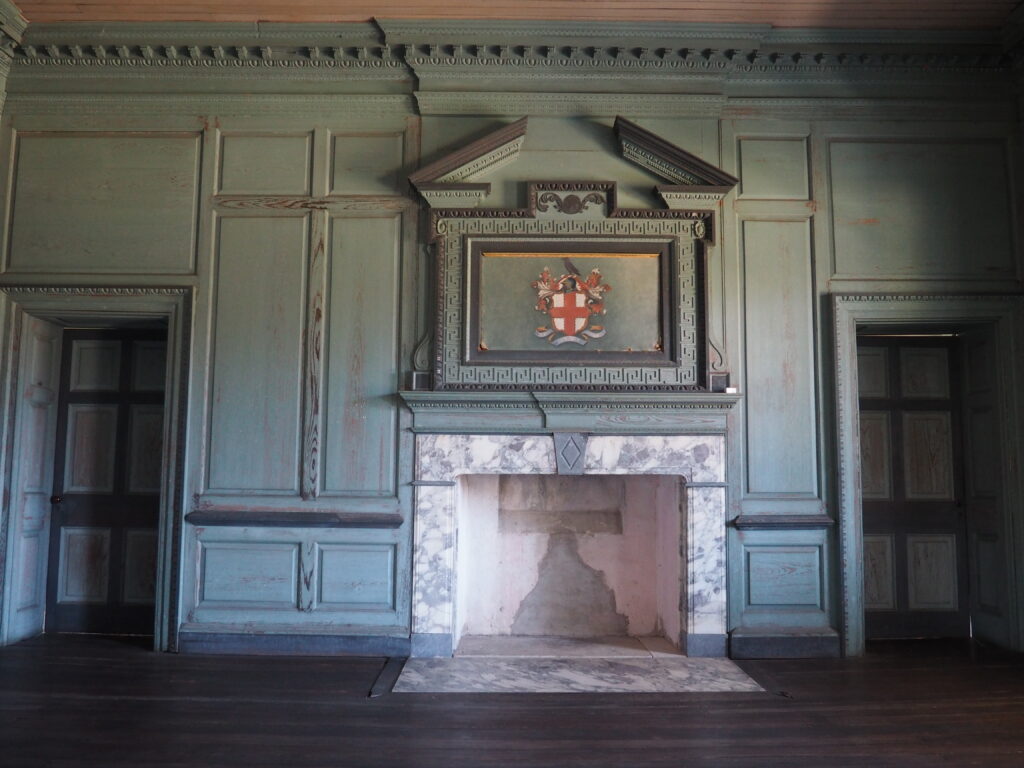

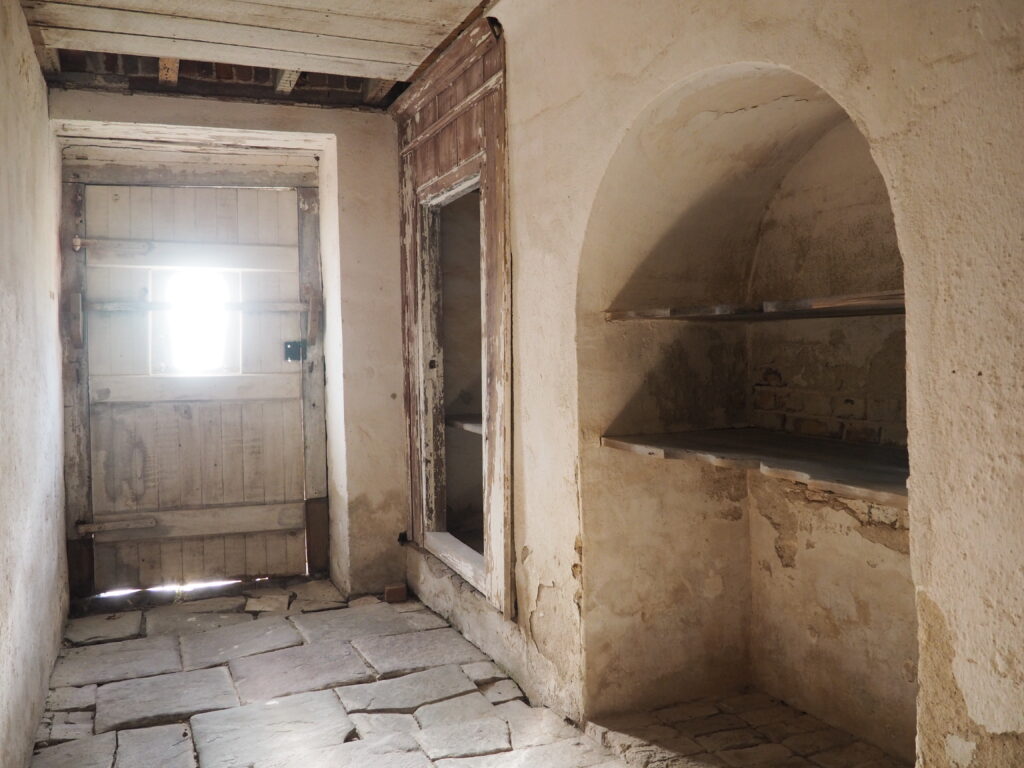
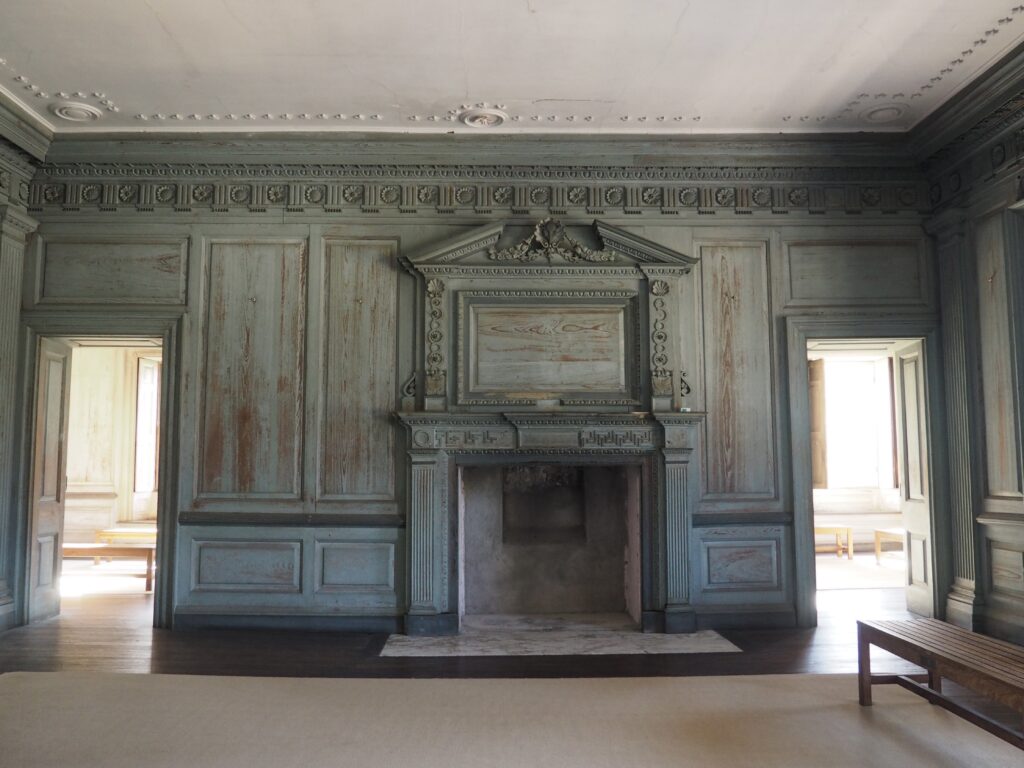

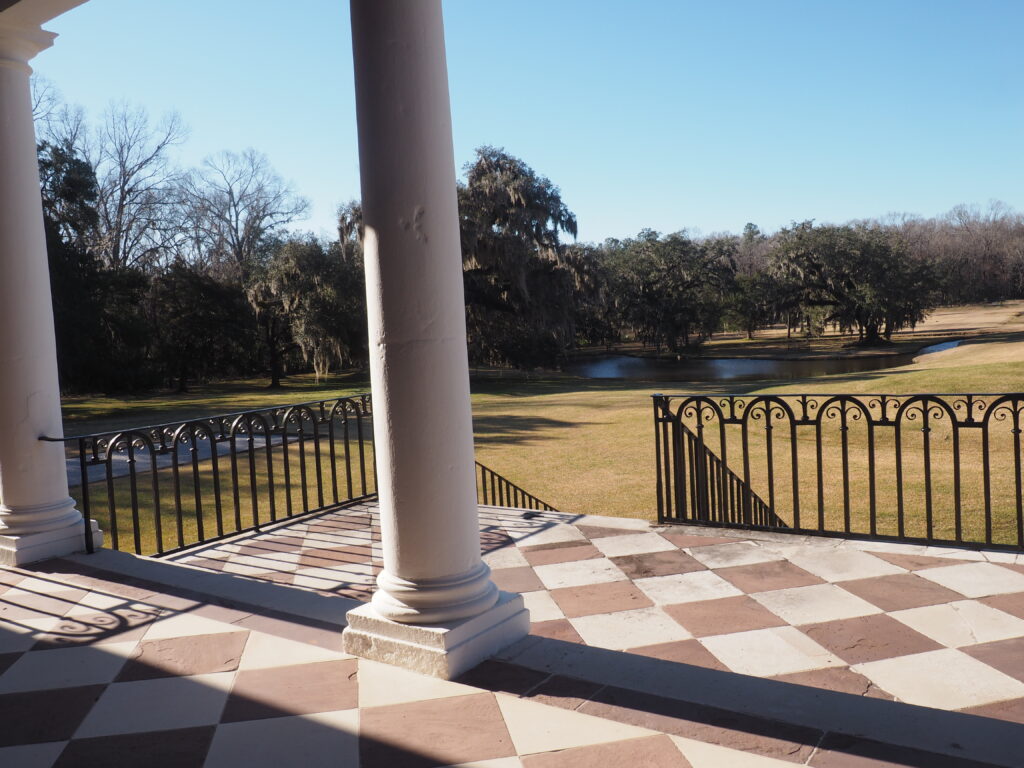

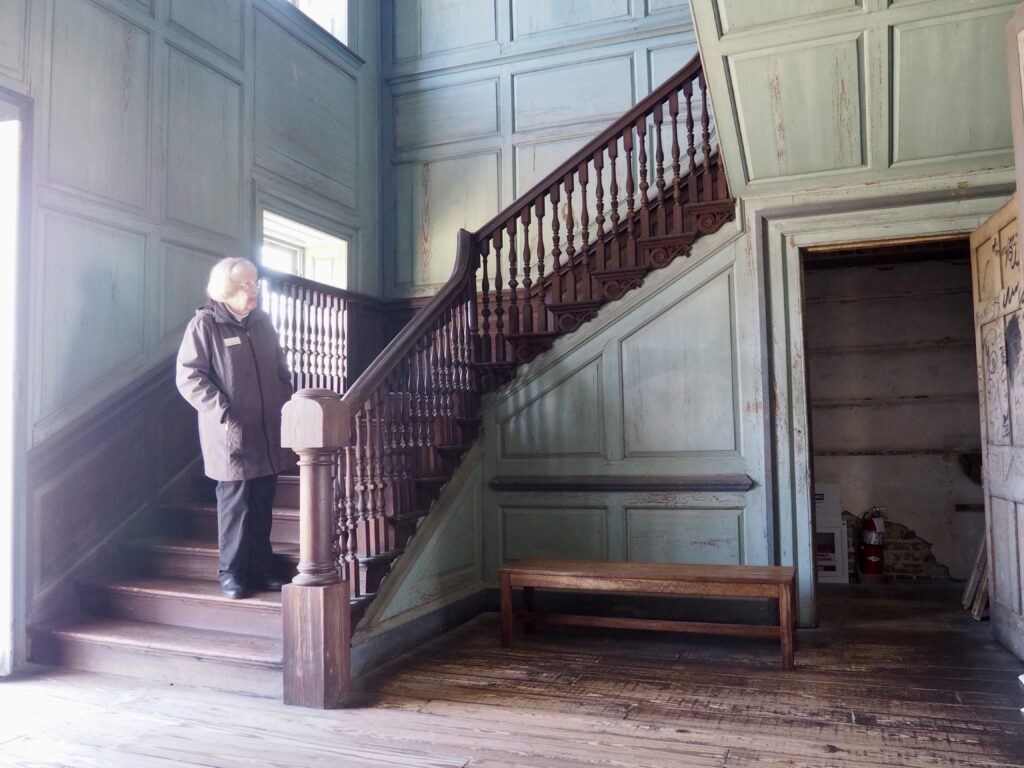
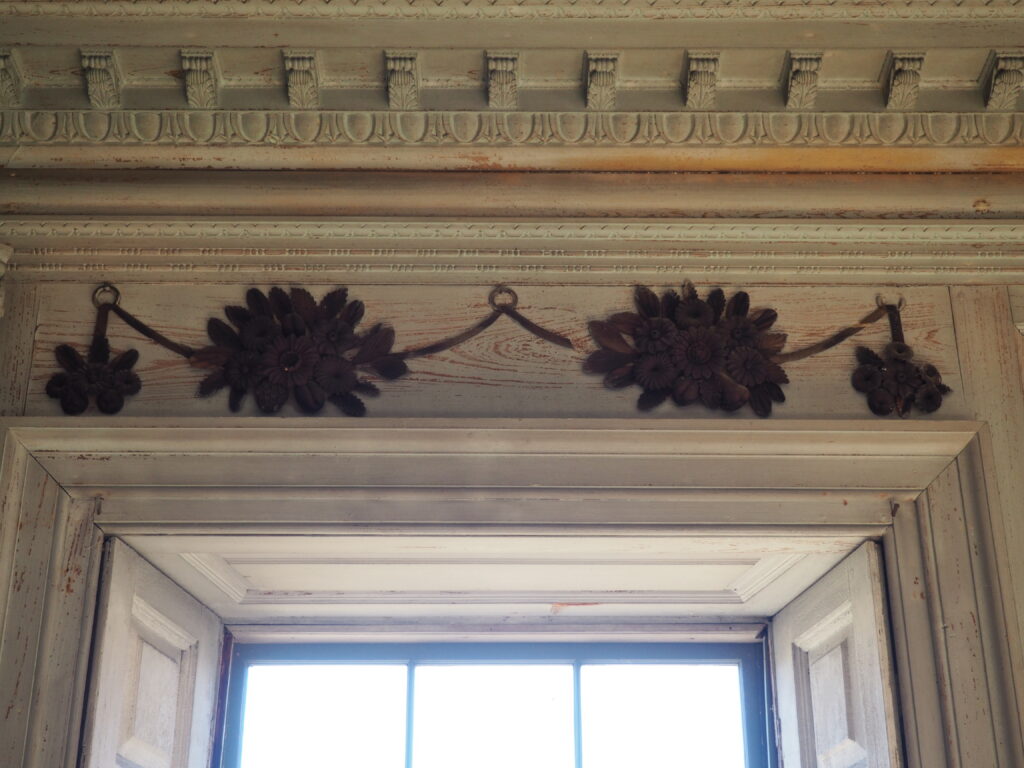
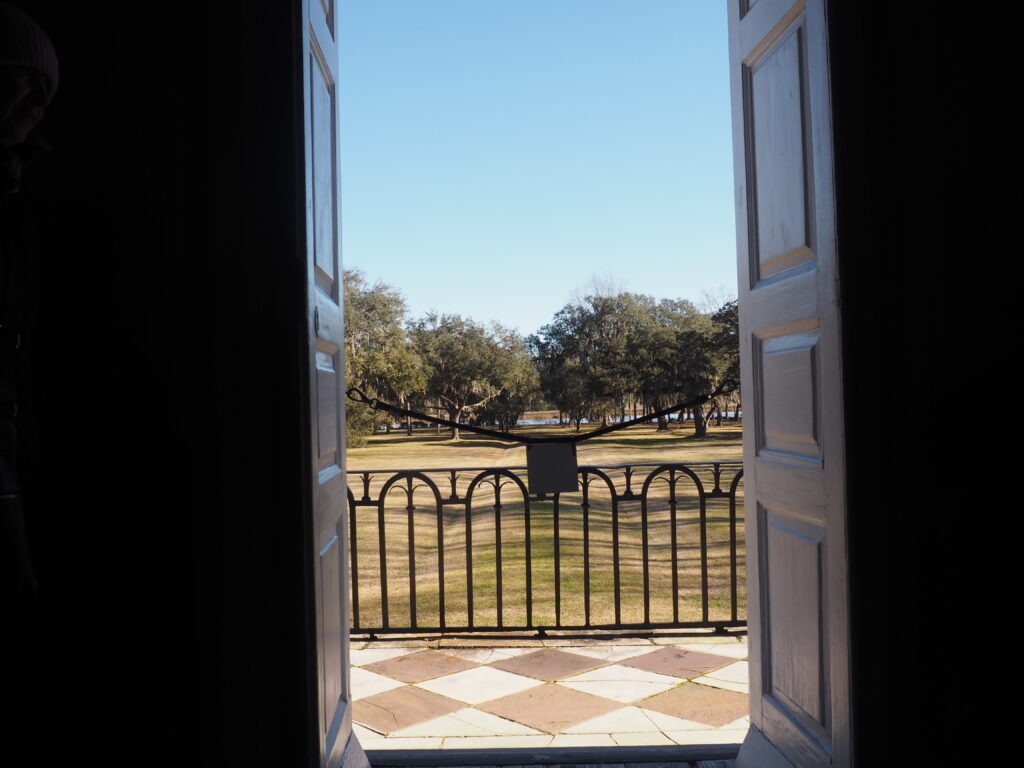
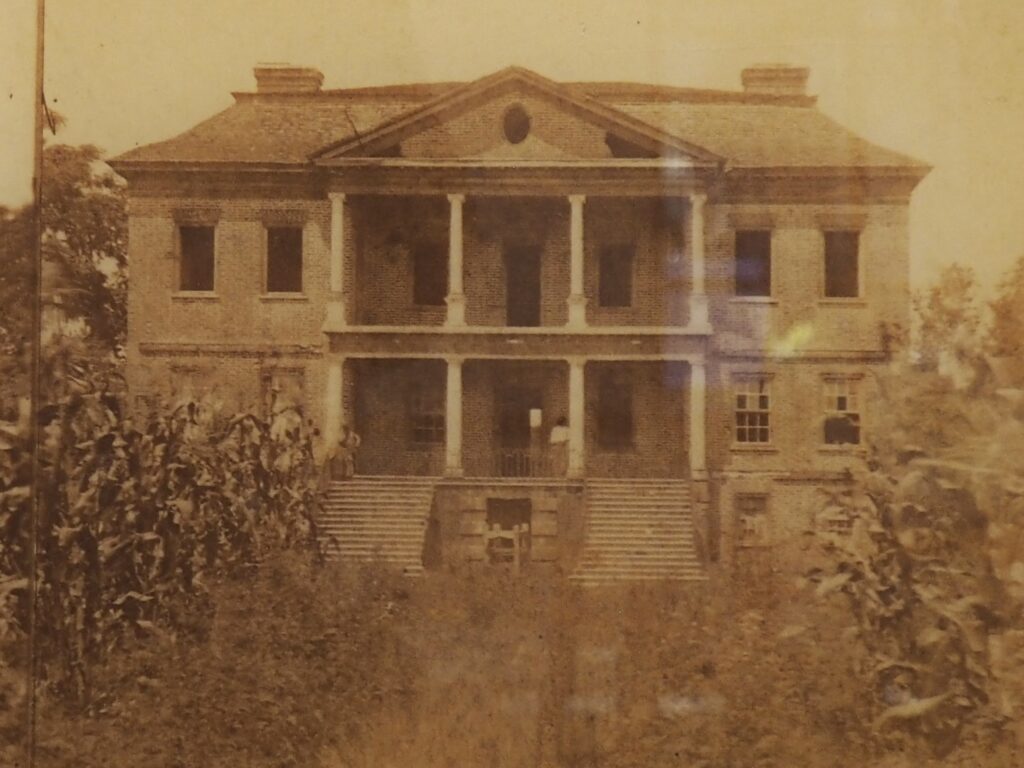
The house fell into disrepair after the Civil War, as can be seen in the above photo. However, the family began to mine phosphate on the property, generating a lot of cash, some of which was used to replace the roof, windows, and one of the ceilings, as well as painting the interior the blue it remains today, rather than the original cream. That said, it is remarkably well preserved in its 1752 state up to the present, as one of the heirs in the line of succession in family ownership determined that the house should never be modernized and enforced that determination through her last will and testament. Consequently, the only accommodation to modernity beyond candle power is a small battery operated smoke detector in the slaves’ work area under the house. The property was acquired directly from the family in the 1970s by the National Trust for Historic Preservation.

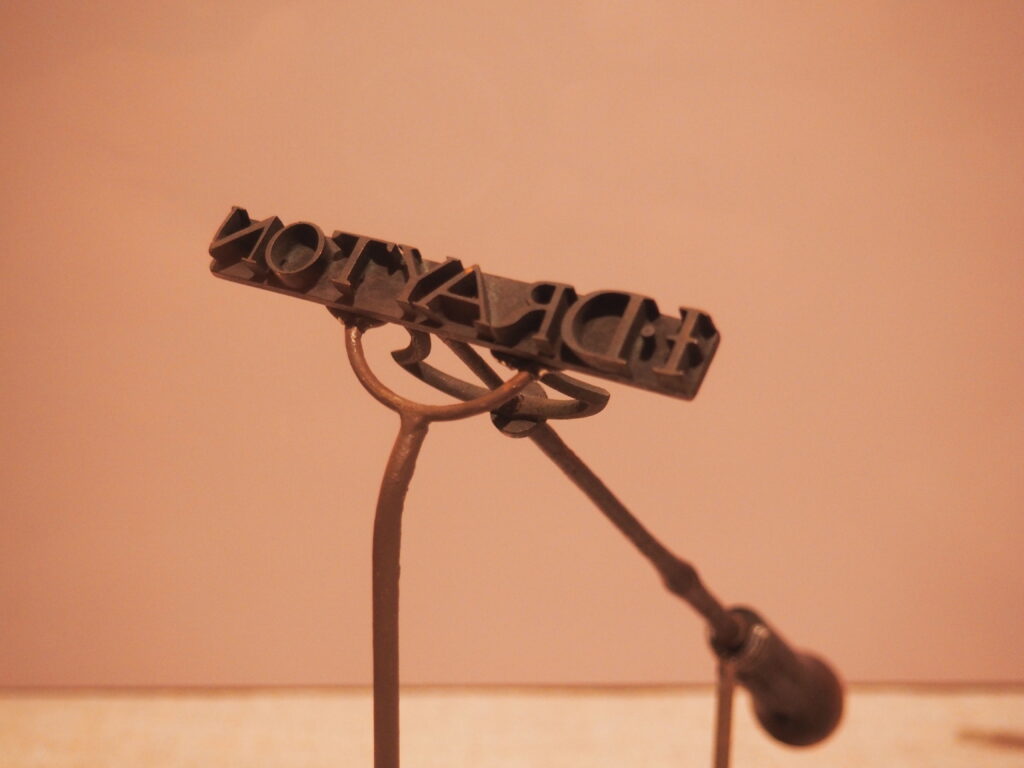
Middleton Place (1730s)
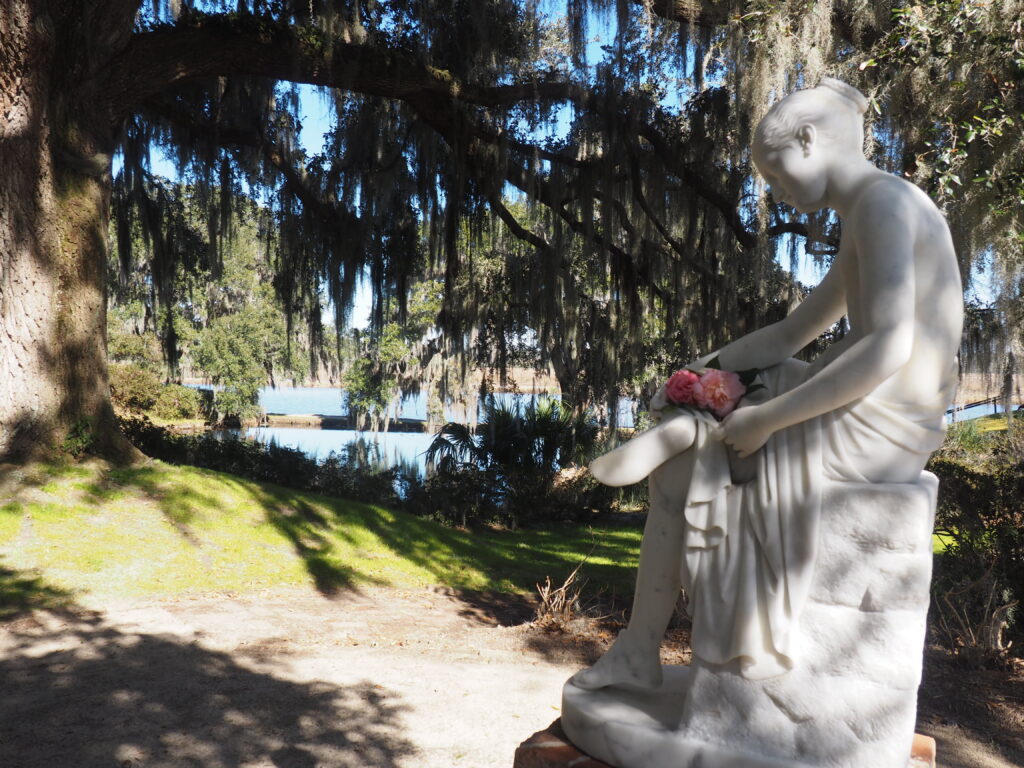
John Williams established a presence here in the 1730s and began work on the houses to occupy the site. After his passing, his daughter Mary married Henry Middleton who completed the main residence and two flanker houses to, among other things, accommodate guests. Henry ended up with 20 plantations and around 800 enslaved people, although Middleton Place was not a working plantation, but a vanity project with extensive and extravagant gardens; his son Arthur was a signer of the Declaration of Independence and the surrender of British forces in 1783 in the area was signed at Middleton. Arthur’s son Henry’s friendship with a French botanist brought the first camellia plants to America where 3 of the 4 original plants still survive at Middleton, known as the oldest surviving formal gardens in the United States.
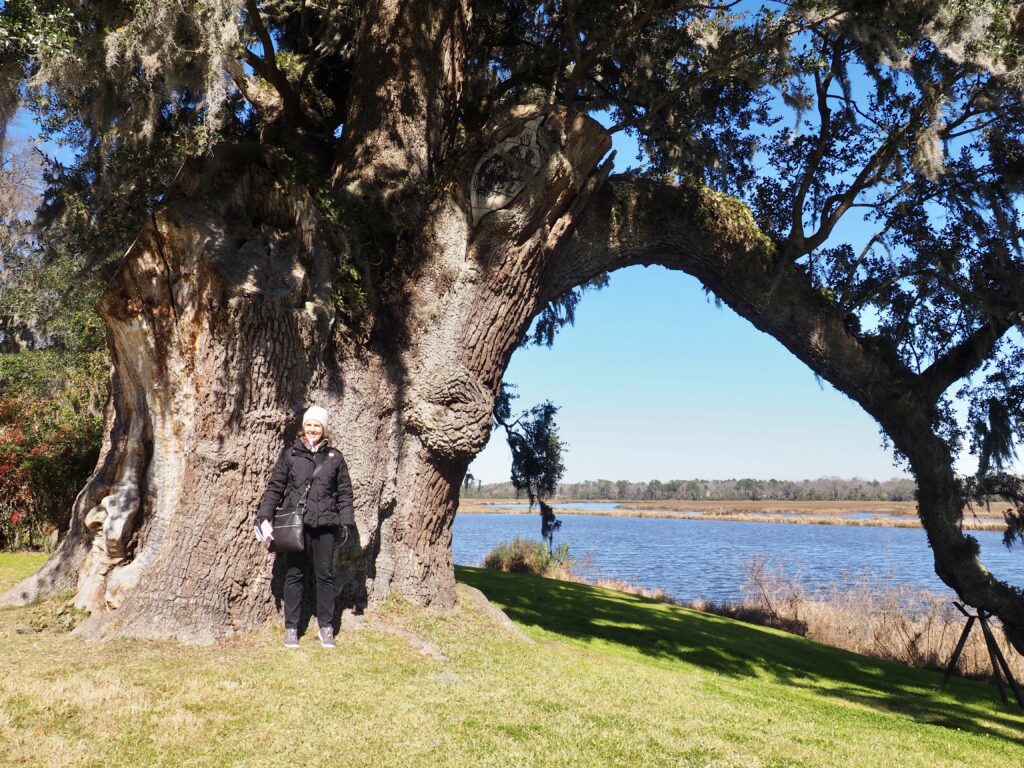
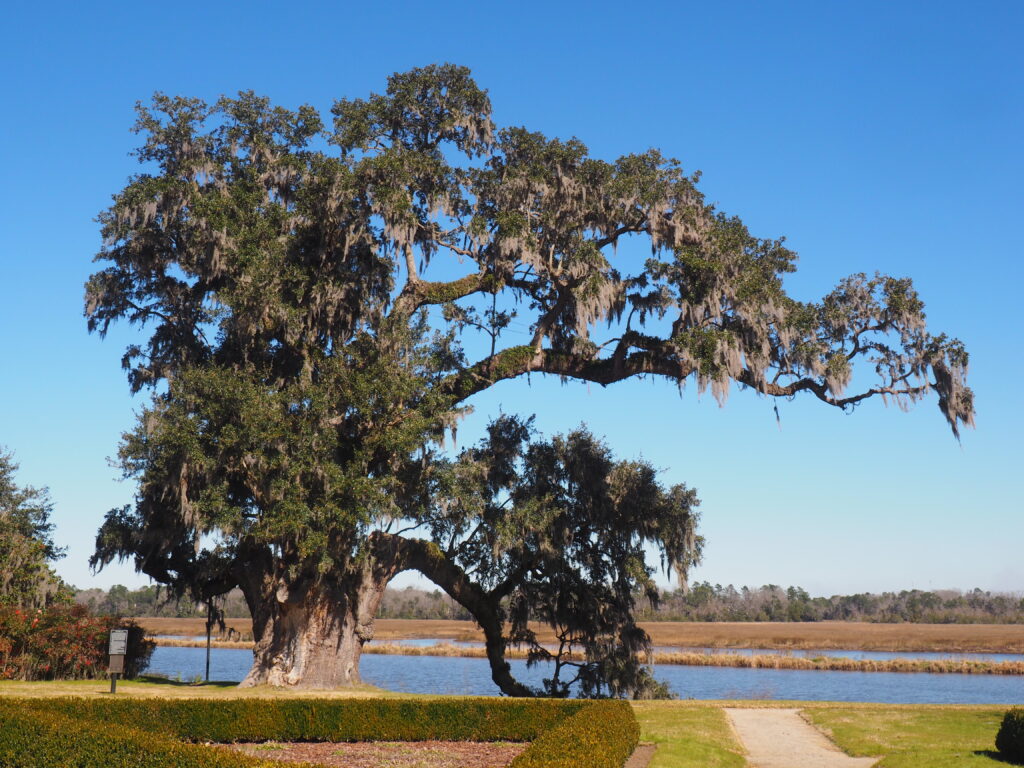
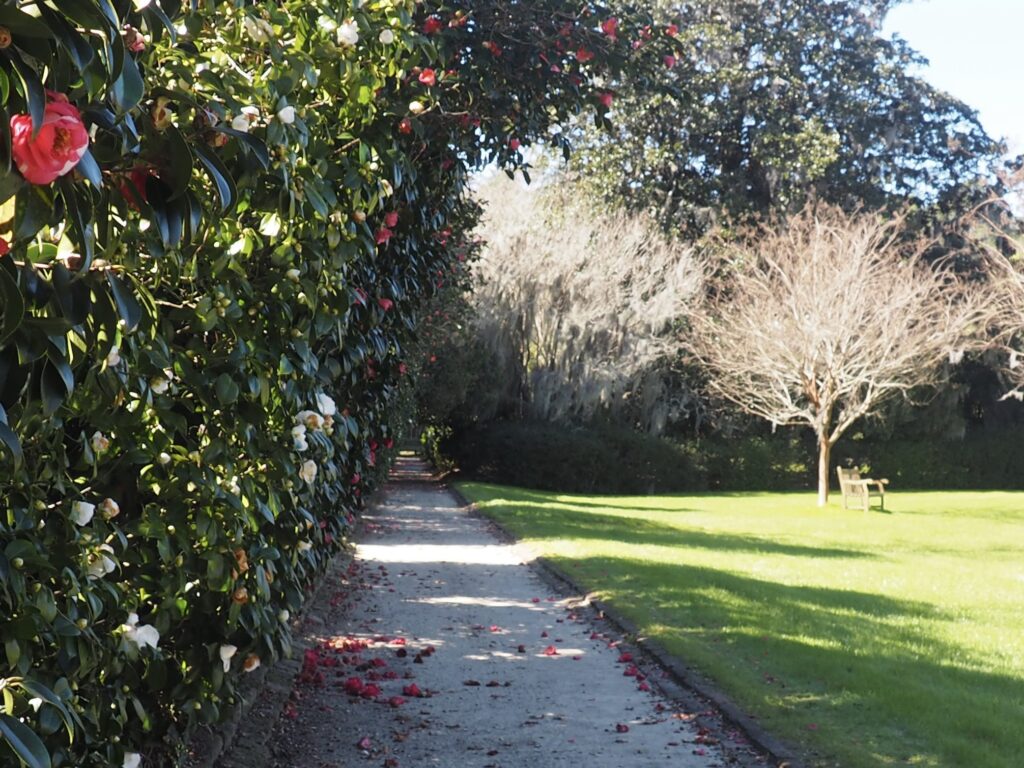
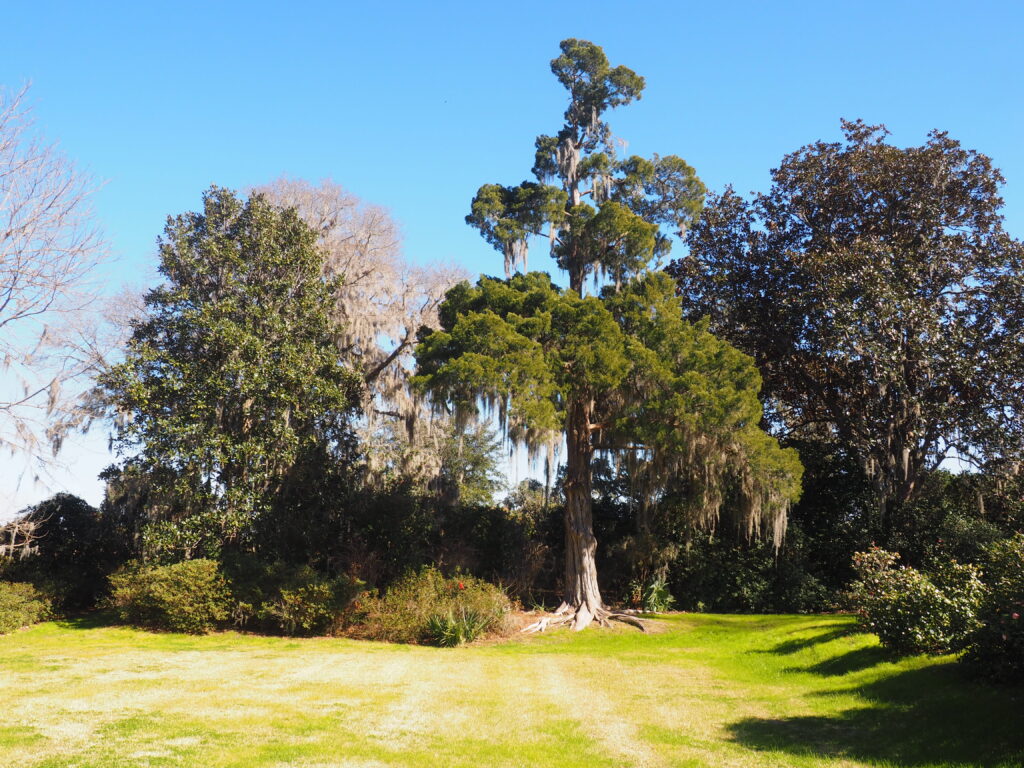

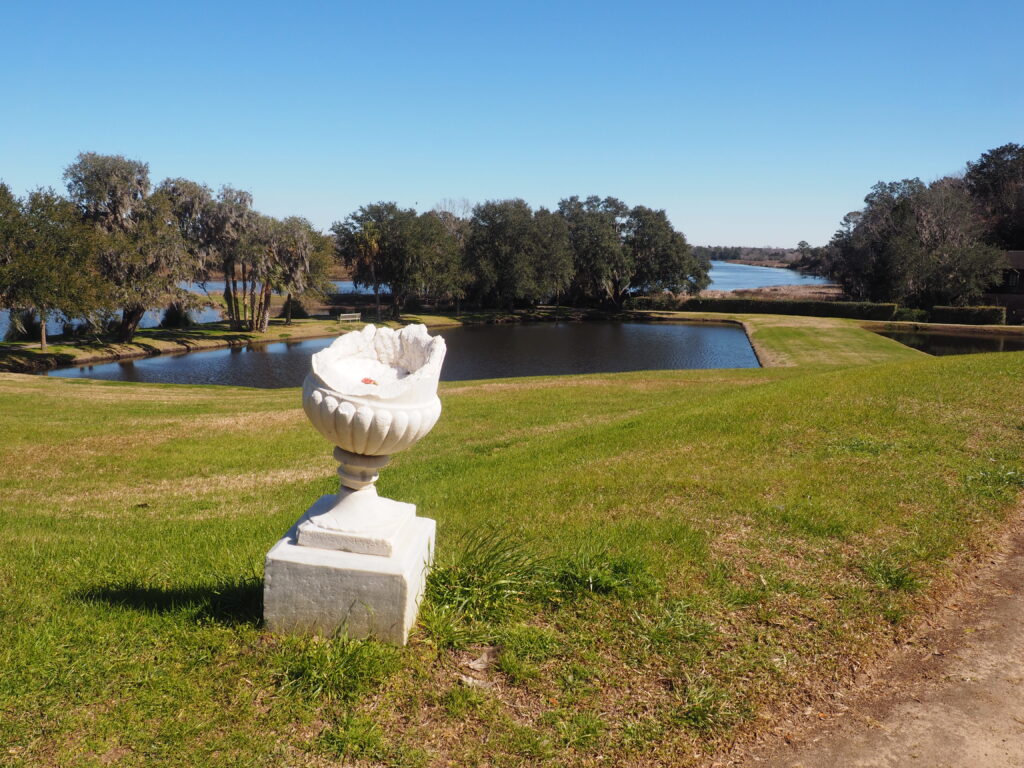
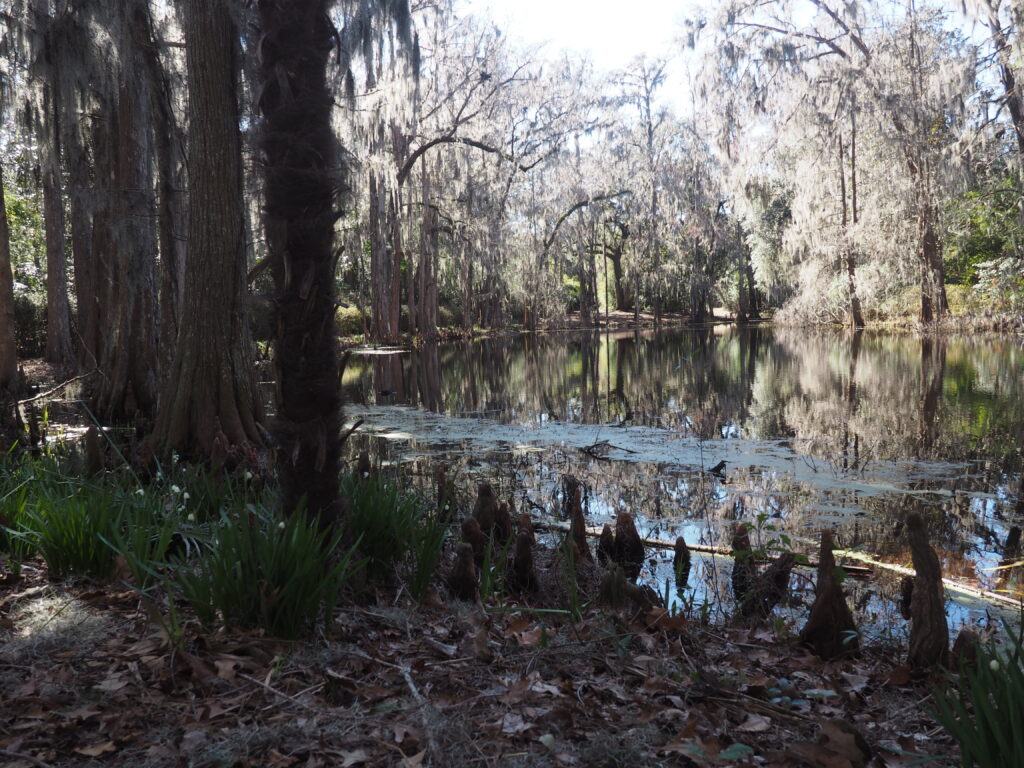
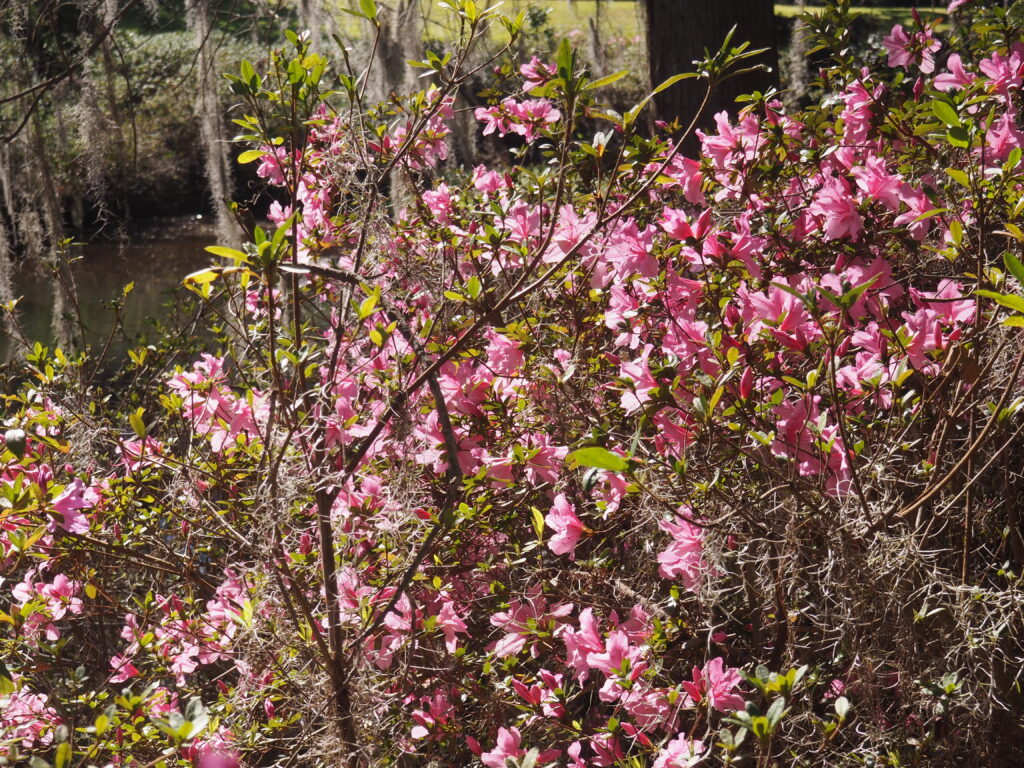

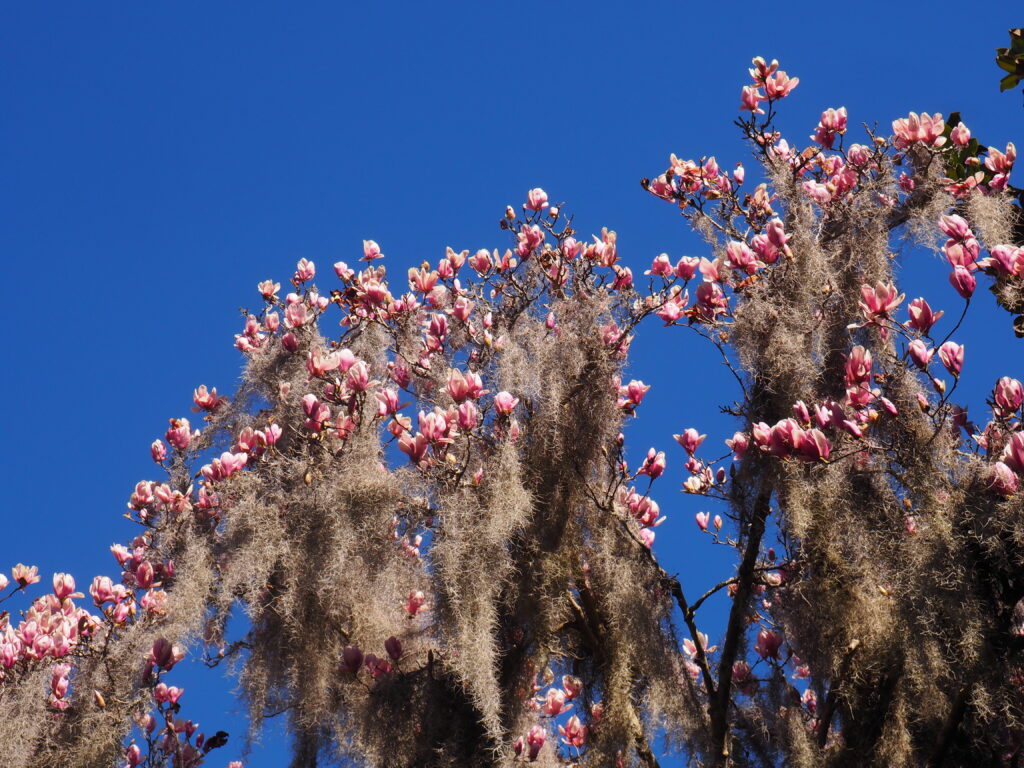
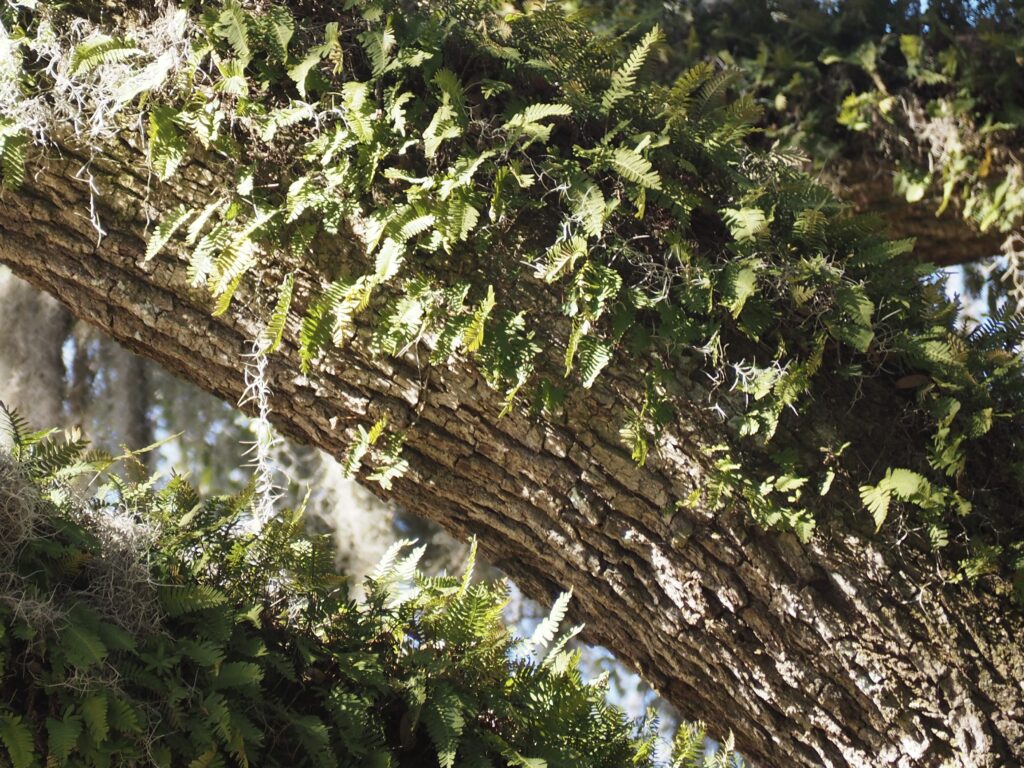
After the house and both flankers were burned by Union troops, only the South Flanker could be salvaged. Today, it’s a house museum. In 1974 the family placed the property into a charitable Trust.

